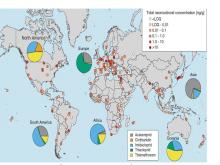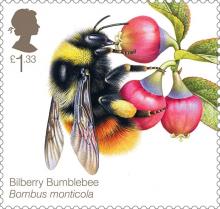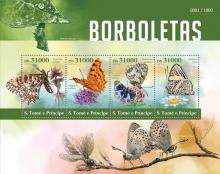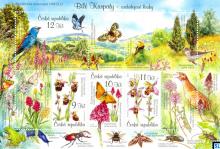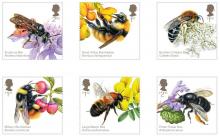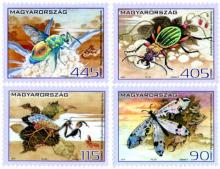Op mondiaal niveau is door het gebruik van neonicotinoïden een voor insecten giftig landschap ontstaan
Zwitserse onderzoekers hebben 198 honingmonsters van lokale imkers op alle continenten van de wereld, uitgezonderd Antarctica, op de aanwezigheid van neonicotinoïde insecticiden onderzocht. In driekwart van de honing wereldwijd werden resten van ‘bijengif’ gevonden. Het wetenschappelijke tijdschrift Science publiceerde gisteren het Zwitserse onderzoek. Nederlandse experts noemen de uitkomsten schokkend.

